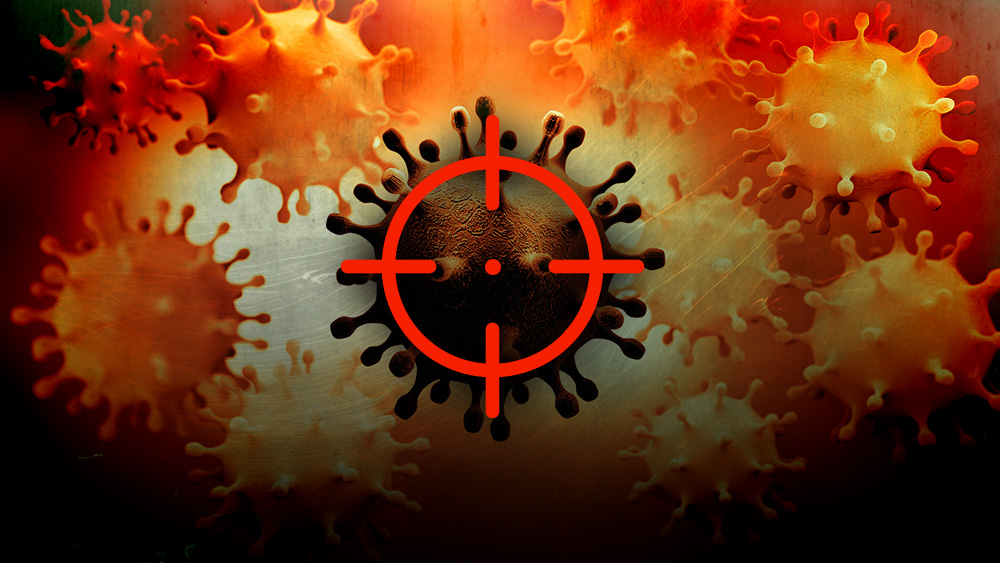COVID, RSV and the flu: A case of viral interference?

Tripledemic — COVID, RSV and the flu: A case of viral interference? Viruses, it turns out, can block one another and take turns to dominate.
Amber Dance, Knowable Magazine – Jan 15, 2023 12:36 pm UTC EnlargeAurich Lawson / Getty reader comments 6 with 0 posters participating Share this story Share on Facebook Share on Twitter Share on Reddit
Three years into the pandemic, COVID-19 is still going strong, causing wave after wave as case numbers soar, subside, then ascend again. But this past autumn saw something newor rather, something old: the return of the flu. Plus, respiratory syncytial virus (RSV)a virus that makes few headlines in normal yearsignited in its own surge, creating a tripledemic.
The surges in these old foes were particularly striking because flu and RSV all but disappeared during the first two winters of the pandemic. Even more surprising, one particular version of the flu may have gone extinct during the early COVID pandemic. The World Health Organizations surveillance program has not definitively detected the B/Yamagata flu strain since March 2020. I dont think anyone is going to stick their neck out and say its gone just yet, says Richard Webby, a virologist at St. Jude Childrens Research Hospital in Memphis. But, he adds, we hope it got squeezed out. Such an extinction would be a super rare event, Webby says.
But then, the past few years have been highly unusual times for human-virus relations, and lockdowns and masks went a long way toward preventing flu and RSV from infiltrating human nostrils. Still, Webby thinks another factor may have kept them at bay while COVID raged. Its called viral interference, and it simply means that the presence of one virus can block another.
Viral interference can happen in individual cells in the lab, and in individual animals and people that are exposed to multiple virusesbut it can also play out across entire populations, if enough people get one virus for it to hinder the flourishing of others at scale. This results in waves of infections by individual viruses that take turns to dominate. Looking back over the past couple of years, Im pretty confident in saying that COVID can certainly block flu and RSV, Webby says. Advertisement
It wouldnt be the first time that scientists have observed such patterns. Back in 2009, for example, the virus to fear was swine flu, which had jumped from pigs to people in spring of that year. It looked poised to ramp up as autumn arrivedbut suddenly, in some parts of Europe, it stagnated. The rhinovirus, responsible for the common cold and likely spread by children returning to school, took center stage for a series of weeks before swine flu recaptured dominance. That flu strain then delayed the typical autumn rise of RSV by as much as two and a half months. Running interference
There are a number of ways that interference can happen in the body. One occurs when two viruses use the same molecule to gain entry into host cells. If virus A gets there first, and grabs on to all those molecular doorknobs, then virus B will be out of luck.
Another kind of interference might happen if two viruses compete for the same resources inside the cell, such as the machinery to make new viral proteins or the means to escape that cell to infect others. Think of it as a race between two viruses, Webby says.
But the best-understood method of interference concerns a defensive molecule called interferon thats made by cells of all animals with backbones (and possibly some invertebrates too). Indeed, viral interference is the reason interferon got its name to begin with. When a cell senses a virus, any virus, it starts making interferon. And that, in turn, activates a slew of defensive genes. Some of the products of those genes work inside the cell or at its boundaries, where they prevent additional viruses from entering and block viruses already present from replicating or exiting the cell.
Cells secrete interferon into their surroundings, warning other cells to put up their guard. The result of all this: If a second virus then comes along, cells have their defenses already activated, and they may be able to shut it out. Page: 1 2 Next → reader comments 6 with 0 posters participating Share this story Share on Facebook Share on Twitter Share on Reddit Advertisement Channel Ars Technica ← Previous story Related Stories Today on Ars
